India has successfully eliminated trachoma as a public health problem: Explained Premium
On October 8, 2024, Saima Wazed, Regional Director, WHO South-East Asia, shared a citation announcing this, during the 77th session of the WHO’s Regional Committee for South-East Asia in New Delhi.
The citation congratulated the government of India on achieving the elimination of trachoma as a public health problem, stating that this success was due to the “strong leadership” of its government and the “commitment of ophthalmologists and other cadres of health-care workers” who worked together with partners to ensure “effective surveillance, diagnosis and management of active trachoma, provision of surgical services for trichiasis, and promotion of water, sanitation and hygiene, particularly facial cleanliness, among communities.”
The WHO states that trachoma is a devastating eye disease caused by an infection with the bacterium Chlamydia trachomatis. The infection spreads from person to person through contaminated fingers, fomites (objects or material likely to carry an infection such as clothes, furniture, utensils) and flies that have come into contact with discharge from the eyes or nose of an infected person.
Environmental risk factors for trachoma transmission include poor hygiene, overcrowded households, and inadequate access to water, and sanitation facilities.
Repeated infections in childhood lead to scarring of the inner side of the upper eyelids, resulting in inward turning of the eyelid margin, with the eyelashes touching the eyeball. This is a painful condition known as trachomatous trichiasis – if left untreated, it can result in visual impairment and blindness.
Though trachoma is preventable, blindness from trachoma is extremely difficult to reverse.
Trachoma was one of the leading causes of blindness in India in the 1950s. In 1963, the government launched the National Trachoma Control Programme. This comprised of community-based interventions to eliminate trachoma including surgical treatment, topical antibiotic treatment, and water, sanitation and hygiene (WASH) initiatives, along with health education promoting behaviour change to decrease transmission.
Subsequently, trachoma control efforts were integrated into India’s National Programme for Control of Blindness and Visual Impairment.
According to the WHO, in 2005, trachoma was responsible for 4% of all cases of blindness in India. By 2018, the prevalence of trachoma was down to 0.008%.
The National Trachomatous Trichiasis (TT only) Survey was carried out in 200 endemic districts of the country under NPCBVI from 2021-24, which was a mandate set by the WHO in order to declare that India had eliminated trachoma as a public health problem.
A Regional Dossier Review Group thoroughly reviewed a dossier documenting India’s achievement and recommended that WHO validate national elimination of trachoma as a public health problem.
The WHO recommends the SAFE strategy. This consists of:
Yes, Trachoma continues to be a public health problem in 39 countries and is responsible for the blindness of about 1.9 million people.
Published - October 15, 2024 05:18 pm IST
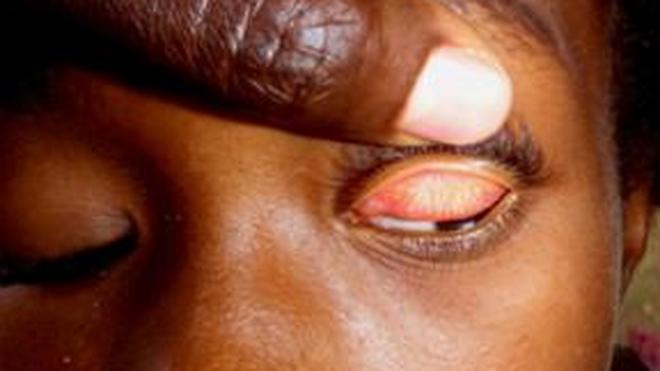
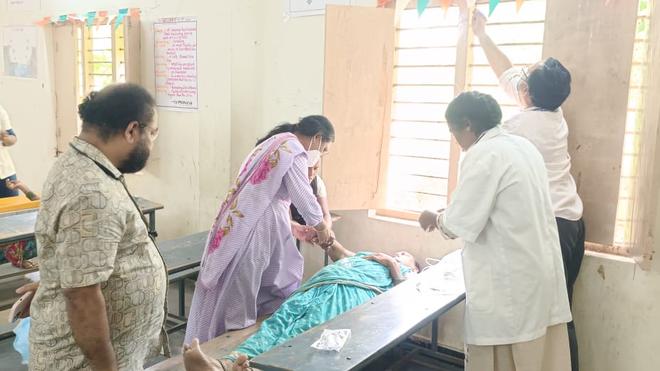
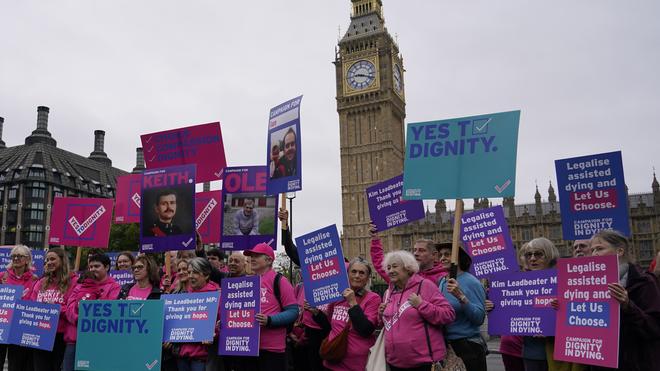

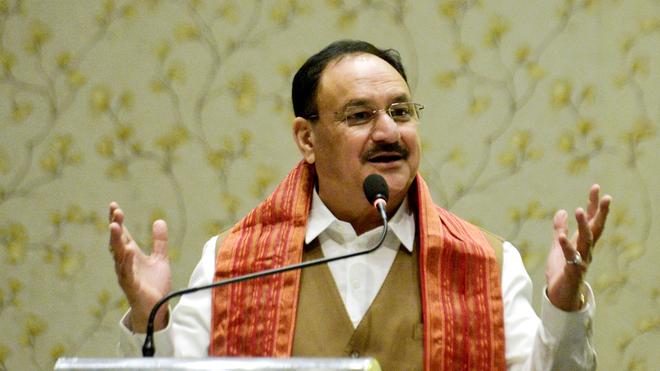
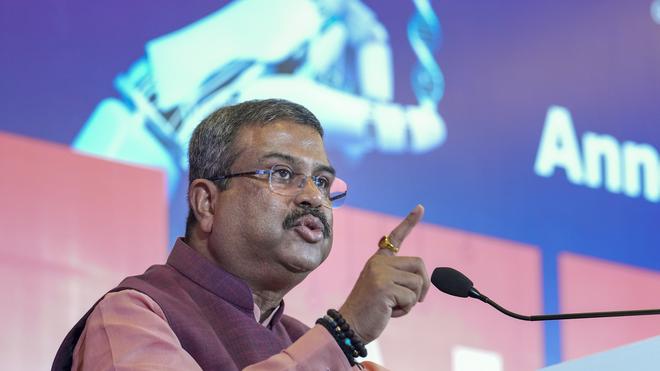
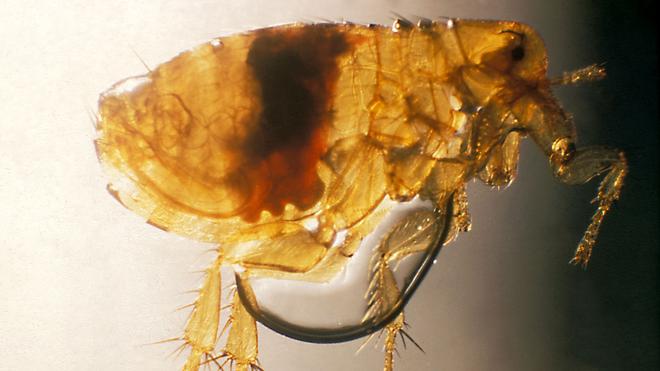
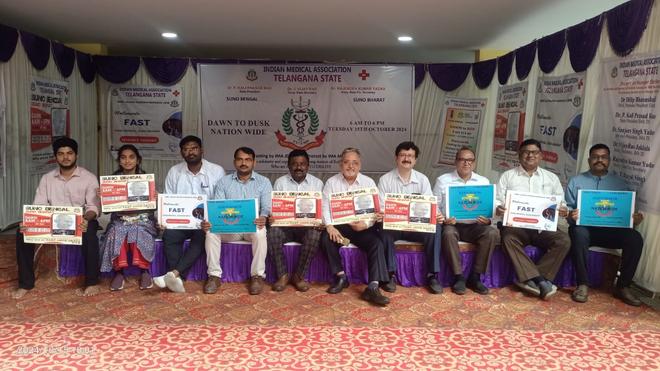
)



)







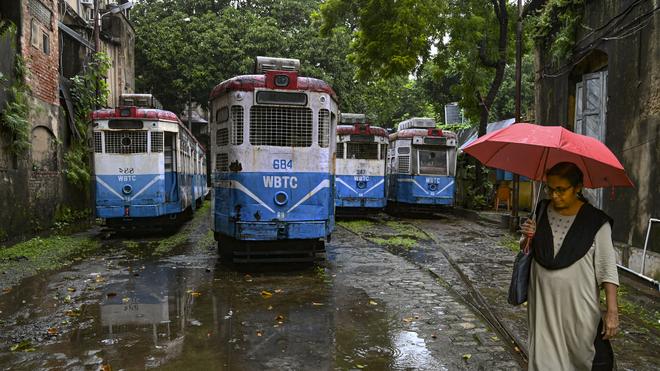





)